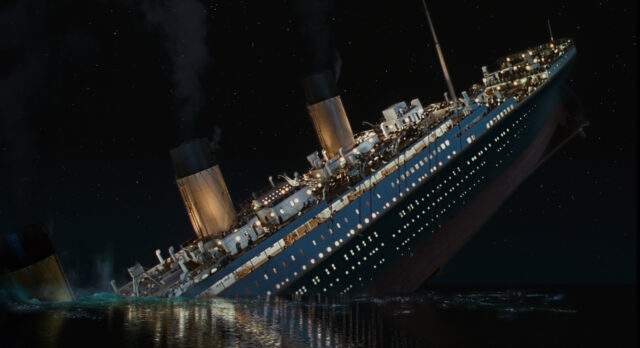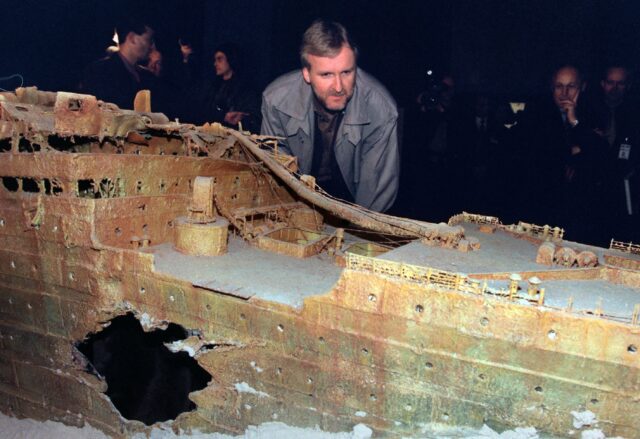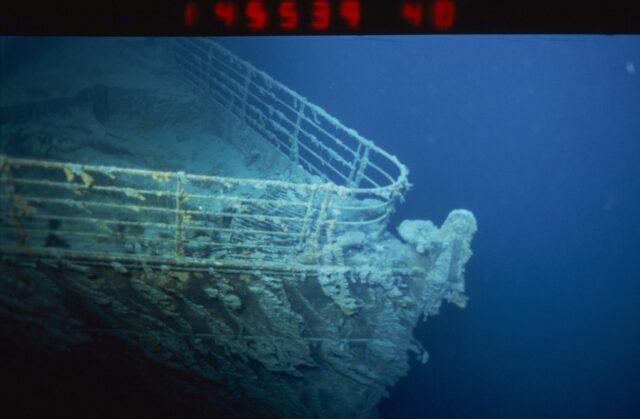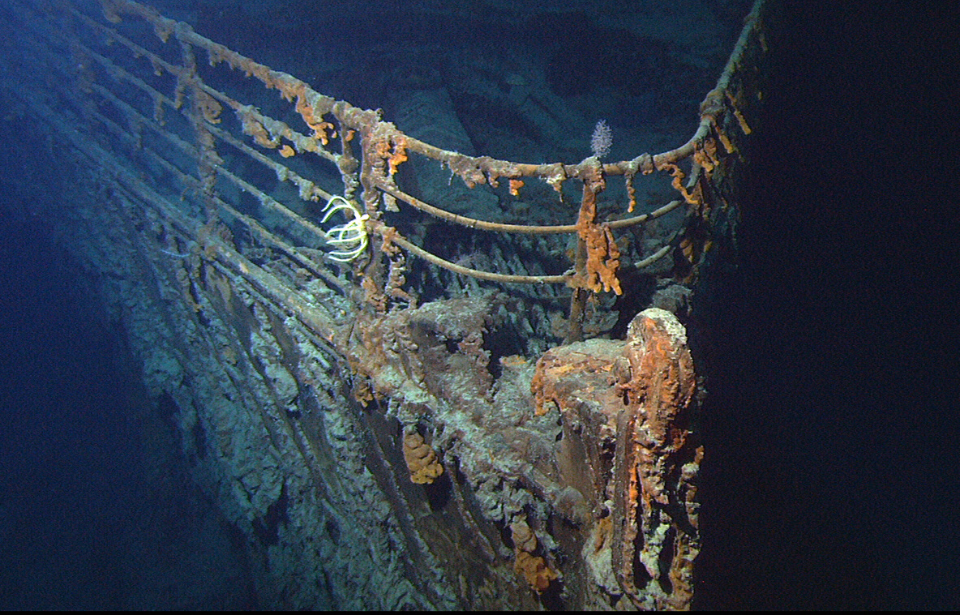The RMS Titanic is one of the most famous maritime disasters in history. The tragedy claimed a staggering number of lives, and while much remains a mystery about the wreck, there is one mystery that has been solved: despite the enormity of the loss, no human remains have ever been found at the wreckage site. It turns out, there is a highly scientific explanation for why this is.
The sinking of the Titanic

The RMS Titanic’s sinking on April 15, 1912, resulted in one of history’s greatest maritime tragedies, with the ship sinking beneath the icy waters of the North Atlantic after colliding with an iceberg. In the disaster, many passengers and crew perished, with the U.S. Senate committee investigating the incident recording an estimated death toll of 1,517 and the British inquiry estimating 1,503. When looking at who it was who lost their lives in the disaster, it was determined that the crew suffered the most, with them making up approximately 700 of those who died in the sinking.
Third-class passengers, largely composed of immigrants seeking new lives in America, also suffered greatly, as only 174 of the approximately 710 third-class passengers survived. The sinking of the “unsinkable” ship was a tragedy never before seen in history, and with such a massive loss of life, one compelling question remains: why have no human remains been found at the wreckage?
James Cameron’s Titanic exploration

James Cameron, the director behind the 1997 blockbuster film Titanic, has long been captivated by the real-life wreck of the ship. Since the Titanic’s discovery in 1985, Cameron has made an astonishing 33 dives to explore the wreckage, each time adding to his deep understanding of the site. Despite his numerous visits, one puzzling face stood out—there are no visible human remains.
In a 2012 interview, Cameron explained how in all the times he had visited the wreck, “I’ve seen zero human remains.” While various relics from the ship, such as clothing and shoes, have been found, actual skeletons or bones have never shown up. Cameron added, “We’ve seen clothing. We’ve seen pairs of shoes, which would strongly suggest there was a body there at one point. But we’ve never seen any human remains.”
What’s curious about this is that there are shipwrecks that date back even further than the Titanic where bones have been discovered. So, why is it that the Titanic, with its staggering number of casualties, has no remains within its wreck?
There is a perfectly scientific explanation for this

The answer to this mystery lies in the ocean’s depths and its unique conditions. Robert Ballard, the oceanographer who first discovered the Titanic wreck in 1985, explained the science behind the absence of human remains. The Titanic lies at a depth of about 12,500 feet (3,800 meters) below the surface, and according to Ballard, this extreme depth plays a key role.
In 2009, Ballard explained the phenomenon, saying, “The issue you have to deal with is, at depths below about 3,000 feet (around 914 meters), you pass below what’s called the calcium carbonate compensation depth.” He continued, “The water in the deep sea is under saturated in calcium carbonate, which is mostly, you know, what bones are made of.”
This lack of calcium carbonate in the deep ocean means that once the flesh of bodies decomposes, exposing the bones, they begin to dissolve in the water. As Ballard explained, “On the Titanic and on the Bismarck, those ships are below the calcium carbonate compensation depth, so once the critters eat their flesh and expose the bones, the bones dissolve.”
More from us: After Finding the “Indian Titanic’s” $43 Million Fortune, Treasure Hunters Lost It All
Want to become a trivia master? Sign up for our Today In History newsletter!
As such, while the Titanic wreck has yielded countless artifacts that tell the story of the ship’s ill-fated voyage, the harsh environment of the ocean’s depths has ensured that no human remains have been left to be found. Those who perished have become part of the ocean.
